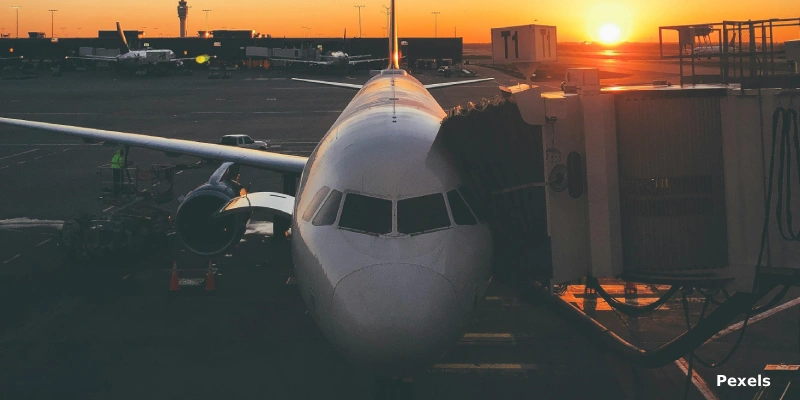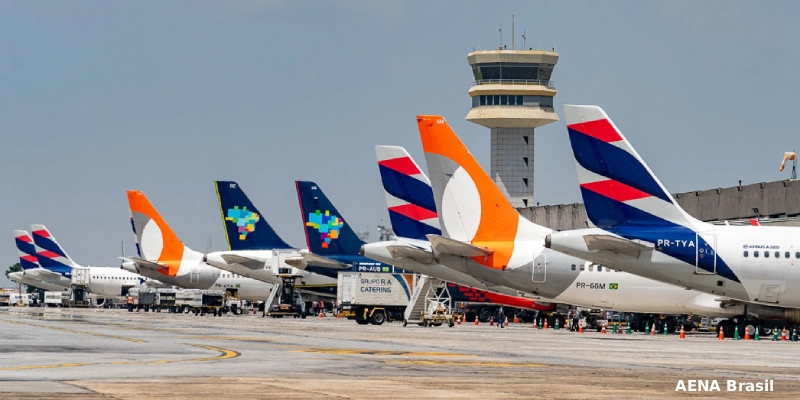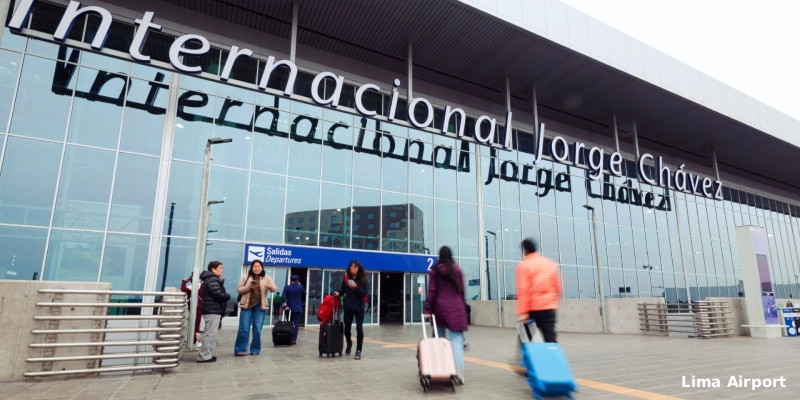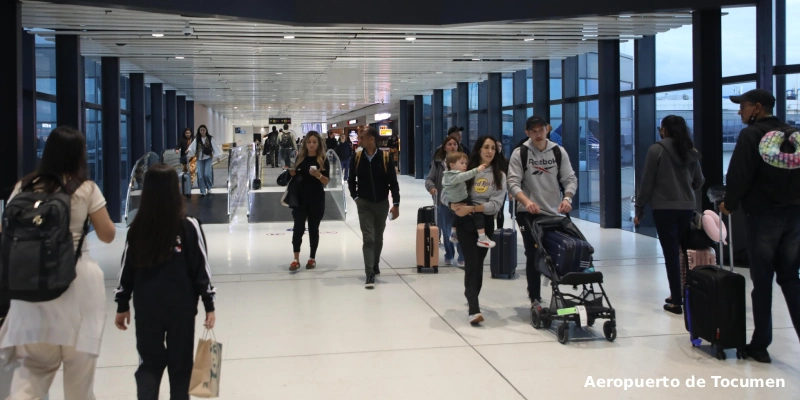At 9,487 miles, the Singapore Airlines flight between JFK airport and Changi airport is currently the world’s longest route. It is flown with an ultra-long-range A350-900 and takes about 19 hours.
Cirium’s Diio database of all scheduled flights worldwide, shows that by 2019, there were 30 routes in excess of 8,000 miles. Singapore Airlines was in fact responsible for four of these 30, specifically Newark, Los Angeles, San Francisco, and Seattle (the New York JFK route had not yet started in 2019). Australia and New Zealand featured prominently on the list, with routes like Perth-London, Dubai-Auckland, and Doha-Auckland.
In 2015, the airlines operated only 17 routes with more than 8,000 miles. Five years before that, the number was only 10, and in the year 2005, there were only six.
→ Emirates to suspend flights to Nigeria from September.
The growth in ultra-long-haul flying has many drivers. One is aircraft technology, with Airbus and Boeing continuously introducing longer-range products with attractive economics. They include Boeing B787 Dreamliners and Airbus A350s. Other reasons for more ultra-long-haul flying include growing economies, deregulated markets, increasing globalization, and the rise of Middle Eastern carriers with hubs and fleets that can support new intercontinental routes.
What about now, with travel recovering from the pandemic? During the current July-to-September quarter, airlines have 22 routes of at least 8,000 miles, which is down from the 30 they had in 2019. Doha-Auckland, for one, is no longer offered. Neither is Dubai-Auckland. Houston-Sydney is gone for now too, making United’s San Francisco-Singapore nonstop the longest North American route currently. There are four nonstop routes topping 8,000 miles that are new this year, including Singapore’s JFK flight, along with Doha-San Francisco (Qatar Airways), Perth-Rome (Qantas) and Auckland-JFK (Air New Zealand, launching in September).
Will the number of ultra-long-haul routes return to its pre-pandemic growth trajectory? With efforts like Project Sunrise at Qantas, using ever-longer-range A350-1000s, the answer seems to be yes. Boeing, meanwhile, seems keen on extending the range of its B787-10s. Of course, a lot depends on the future price of fuel.

Related Topics
Most Punctual Airlines and Airports in 2025, Cirium’s Report Says
Congonhas Airport in São Paulo Receives Approval to Operate International Flights
ALTA Warns that Transfer TUUA Puts Peru’s Air Connectivity at Risk
Panama: Tocumen Airport Surpasses 19 Million Passengers by November, Cementing Its Regional Leadership in 2025

Plataforma Informativa de Aviación Comercial con 13 años de trayectoria.




